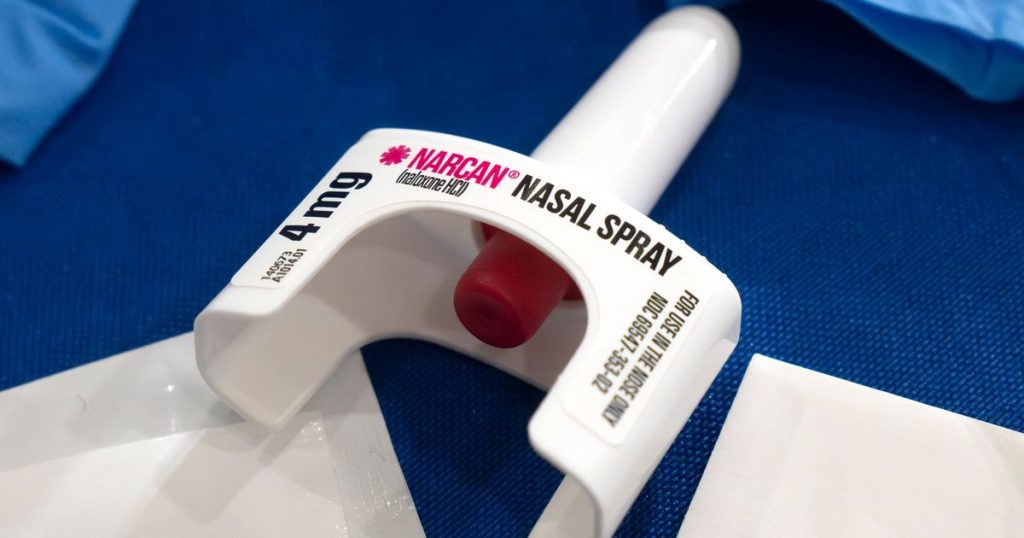The Centers for Disease Control and Prevention (CDC) reported a decrease in the number of fatal overdoses in the U.S. last year, marking only the second annual decline since the start of the national drug death epidemic over three decades ago. However, experts urge caution in interpreting this decline, noting that it should be seen as part of a leveling off rather than a true decrease. The reasons behind the decline are not yet clear and could be due to various factors such as changes in the drug supply, increased overdose prevention efforts, or the unfortunate reality that the epidemic has already claimed so many lives.
While the decrease in drug overdose deaths is seen as encouraging, CDC officials emphasize that there are still many families and friends who are losing loved ones to drug overdoses at alarming rates. Approximately 107,500 people died of overdoses in the U.S. last year, down 3% from the previous year’s estimate of 111,000 deaths. The impact of the drug overdose epidemic goes beyond just the immediate victims, as a recent study found that over 321,000 U.S. children lost a parent to a fatal drug overdose during a 10-year period, leading to increased mental health and drug use risks for these children.
The landscape of the drug overdose epidemic has evolved over the years, with prescription painkillers initially driving the crisis, followed by heroin and most recently, illegal fentanyl. Fentanyl, a powerful opioid that has been increasingly mixed with other drugs in the illicit market, has led to a surge in overdose deaths. Law enforcement seizures of fentanyl-laced pills have risen significantly, indicating a growth in the supply of these deadly drugs. The shift in how fentanyl is consumed, from injection to smoking or pill form, may also impact overdose rates and outcomes.
Despite the overall decline in drug overdose deaths, the trend varies across different regions of the country. While most states in the eastern U.S. saw decreases in overdose deaths, many western states experienced increases. This disparity could be attributed to the varying timelines of fentanyl introduction in different regions, with eastern states having dealt with fentanyl for longer periods compared to western states. Researchers are exploring potential reasons for these regional differences and whether different modes of fentanyl consumption impact overdose risks.
There are reasons for cautious optimism amidst the drug overdose epidemic, with increased funding becoming available for addiction treatment and overdose prevention efforts. Government funding, as well as legal settlements with drug manufacturers and distributors, are providing resources to combat the crisis. Researchers hope that the decrease in overdose deaths seen in 2023 could signal a turning point in efforts to address the drug overdose epidemic. Further research and interventions are needed to understand the complexities of the crisis and to continue making progress in saving lives and supporting those affected by overdoses.








